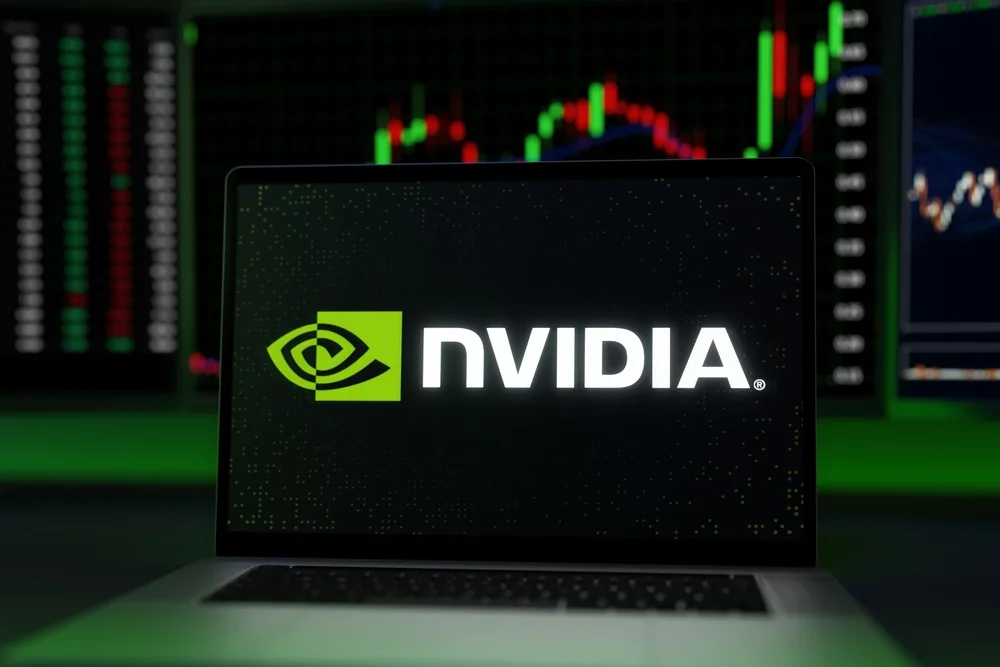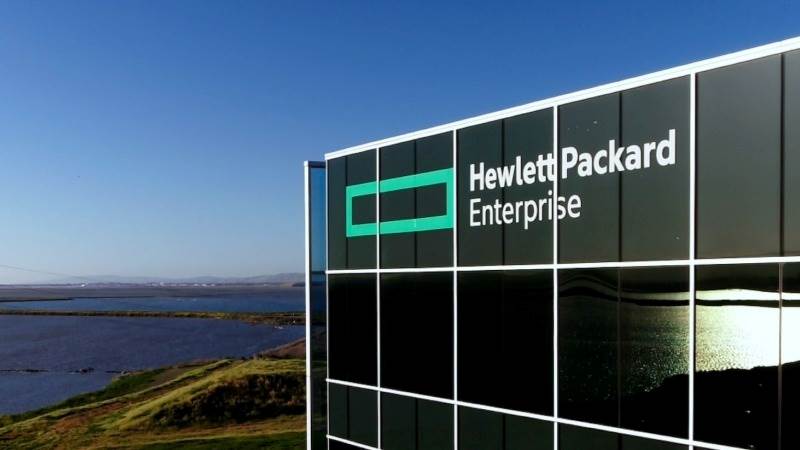One of the world’s largest technology funds is preparing to increase its investment in Nvidia, which has achieved the status of the world’s most valuable company as a result of a remarkable increase in its stock price
Matthew Bartolini, the head of SPDR Americas research at State Street, has affirmed that the $72.34 billion Technology Select Sector SPDR Fund (XLK.P), which State Street Global Advisors manage, will acquire approximately $10 billion worth of Nvidia shares and reduce its exposure to Apple.
The fund is adjusting to align its holdings with the pending changes to the S&P Dow Jones Technology Select Sector index, which it monitors.
According to Bartolini, the reorganization would result in Microsoft and Nvidia jointly holding the top position in both the fund and the index, with Apple serving as the runner-up.
Nvidia, a chipmaker, became the world’s most valuable company on Tuesday when its market value surpassed that of Microsoft, reaching $3.33 trillion.
Until recently, the technology ETF had 22.5% of its assets invested in Microsoft, 21% in Apple, and only 6% in Nvidia, according to Jay Woods, chief global strategist at Freedom Capital Markets.
This resulted in the fund underperforming its benchmark, as Nvidia’s shares increased by 173% this year.
Microsoft will maintain its 21% proportion within the SPDR ETF’s portfolio when the index rebalances based on the market cap values of last Friday at the end of trading this Friday. Apple will decrease to 4.5%, while Nvidia will maintain a 21% weighting.
Recently, Nvidia’s shares were up 3.7% at $135.85, while Apple’s were down 1.5% at $213.33.
“The fact that Nvidia is up and Apple shares are down today may indicate that a rebalancing” in the ETF is already in progress, according to Steve Sosnick, chief strategist at Interactive Brokers.

Due to index and portfolio construction regulations, the ETF is limited to holding only two of the three technology giants at a total weight of 21%. 4.5% is the maximum limit for any additional substantial positions.
The rule, established in 1998 at the time of the index’s introduction, limits the total exposure to all stocks with a weighting of more than 5% in the broader Standard & Poor’s 500 indexes to 50% of the portfolio.
Bartolini characterized the contest for the top two positions in the ETF’s portfolio as “unprecedented,” as three technology titans compete for them.



